Types of gamers is a topic that concerns both developers and market specialists alike, as well as the gamers themselves. Understanding the categories of players that exist and what motivates each of them is a key contributor to success in the modern gaming industry.
Classifying gamers helps the gaming industry gain a better understanding of its audience. Developers apply their knowledge of player types to create more entertaining content that meets the needs of each gamer category.
Understanding the target audience allows studios to focus on specific groups. For example, if you know players’ psychological profiles, you can predict which elements of a game will be the most attractive to a specific segment.
This article will break down the main player types—from the classic Bartle taxonomy of player types to modern classifications.
Classic Bartle taxonomy
Richard Bartle’s 1996 theory about player types is a fundamental framework for understanding player behavior. Bartle’s classification of gamers identifies four main types in a quadrant model, where the X-axis represents a preference for interacting with others vs. exploring the world, and the Y-axis represents a preference for interaction vs. unilateral action.
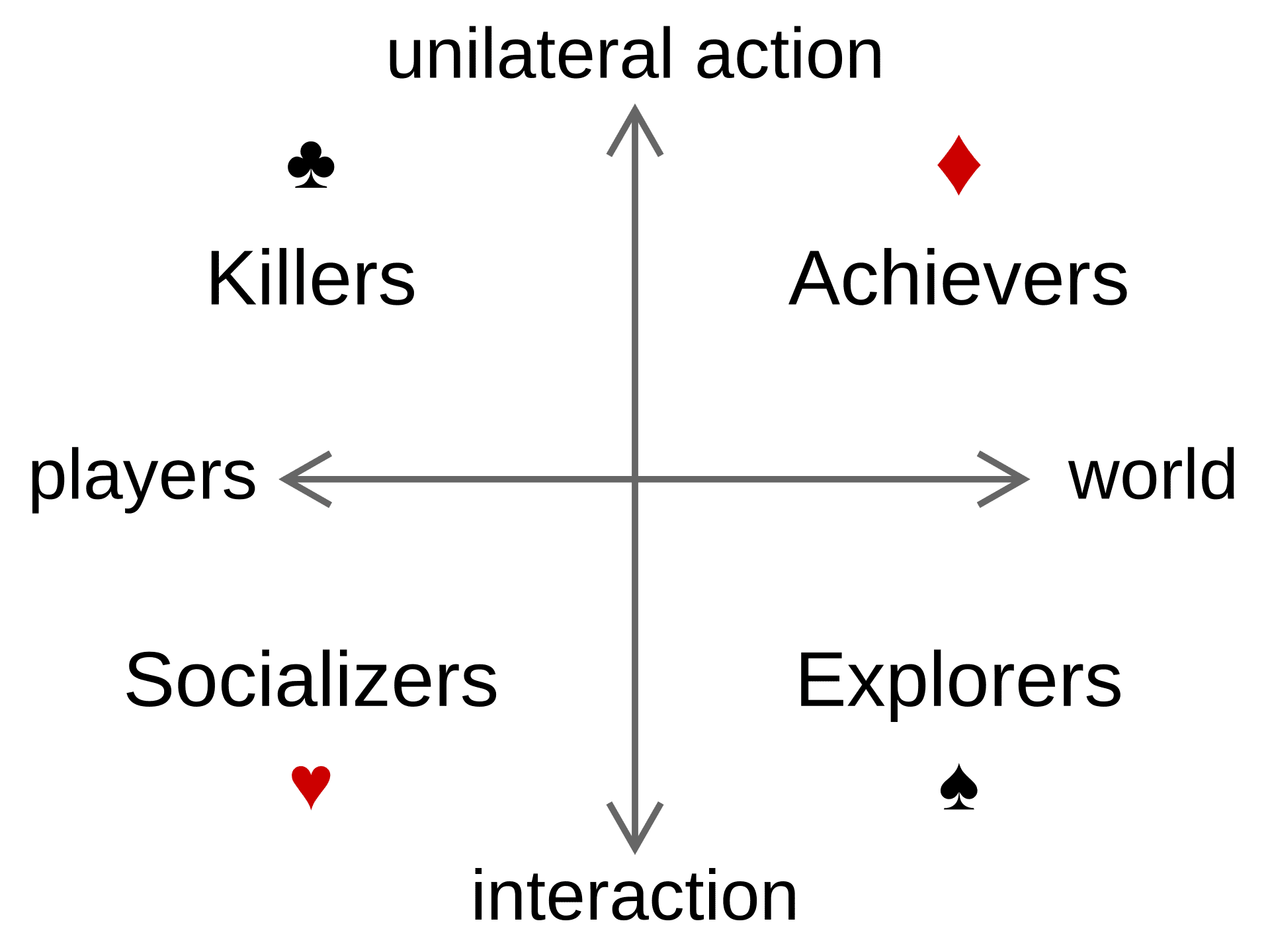
Bartle taxonomy. Source
Achievers
Gamers who are driven achievers make up a significant percentage of the gaming community. Achievers are motivated by opportunities to gain rewards, unlock new content, and achieve goals in the game. Achievers care about:
- the system of levels and progress
- collecting items and achievements
- quantitative success metrics
- the opportunity to measure personal progress.
The players known as achievers will often devote dozens of hours to completing 100% of the game and getting all possible rewards. Classic games of choice among achievers are World of Warcraft, the Elder Scrolls V: Skyrim, Diablo, etc.
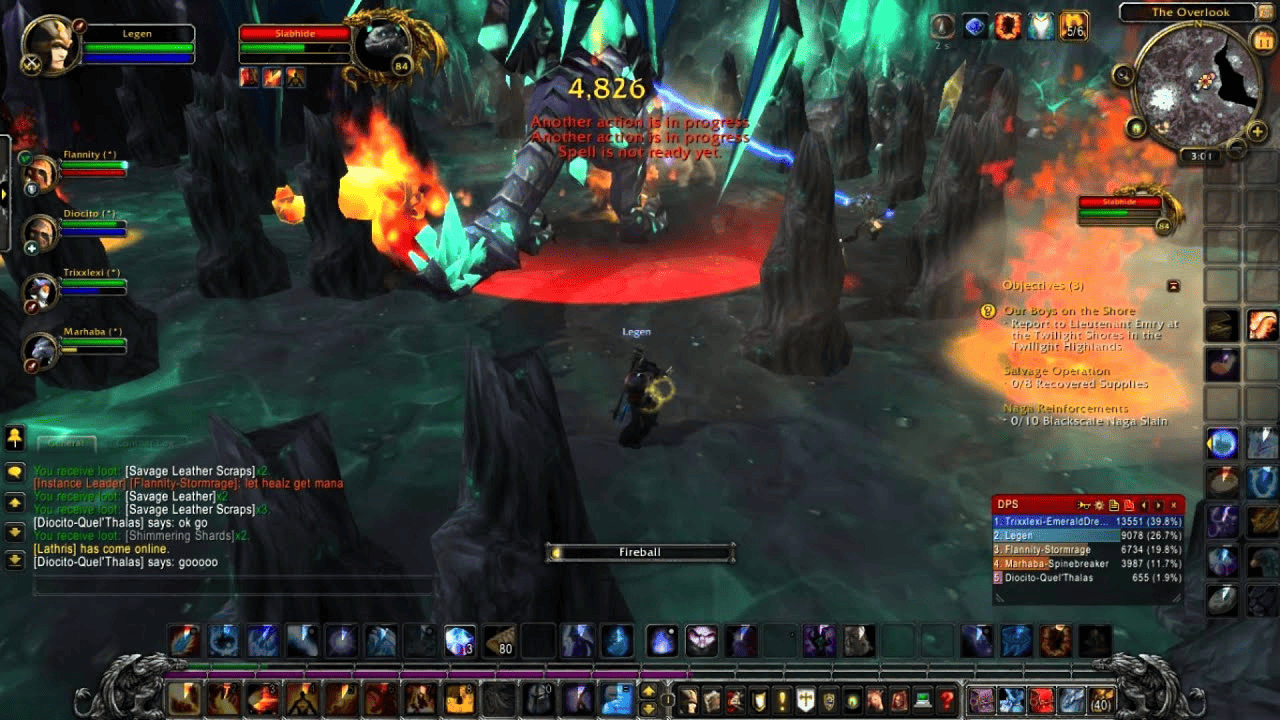
In World of Warcraft, you can only embark on many missions by teaming up with other players as part of a party. Source
Explorers
These gamers find pleasure in exploring the world of the game and its mechanics. Explorers strive to:
- discover new areas and secrets
- understand the game’s hidden mechanics
- find alternative ways to solve tasks
- study the lore and backstory of the game world.
For these players, freedom of movement and the possibility to experiment with the game’s systems are important. Classic games in this category would be of the open-world variety: The Legend of Zelda: Breath of the Wild, Minecraft, and No Man’s Sky.

The Legend of Zelda: Breath of the Wild. Source
Socializers
Social types of gamers play to chat and interact with other people. For socializers, the game is primarily a social platform. They appreciate:
- opportunities for teamwork
- chats and communication systems
- guilds and communities
- team activities and events.
Socializers often find themselves at the heart of gaming communities, and they help novices find their bearings in the game. Their games are projects like Animal Crossing and Among Us.

Animal Crossing. Source
Killers
The behavior of the dominating players, known as killers, is motivated by competition and demonstrating superiority over others. These killers—a name used in a very loose sense—strive to:
- win in PvP battles
- dominate rankings
- control game resources
- influence other players.
It’s important to understand that players described as killers in online games aren’t necessarily aggressive or literal killers, they just get pleasure out of the competitive aspect. Favorite games among killers are titles like Counter-Strike: Global Offensive, League of Legends, and Fortnite.
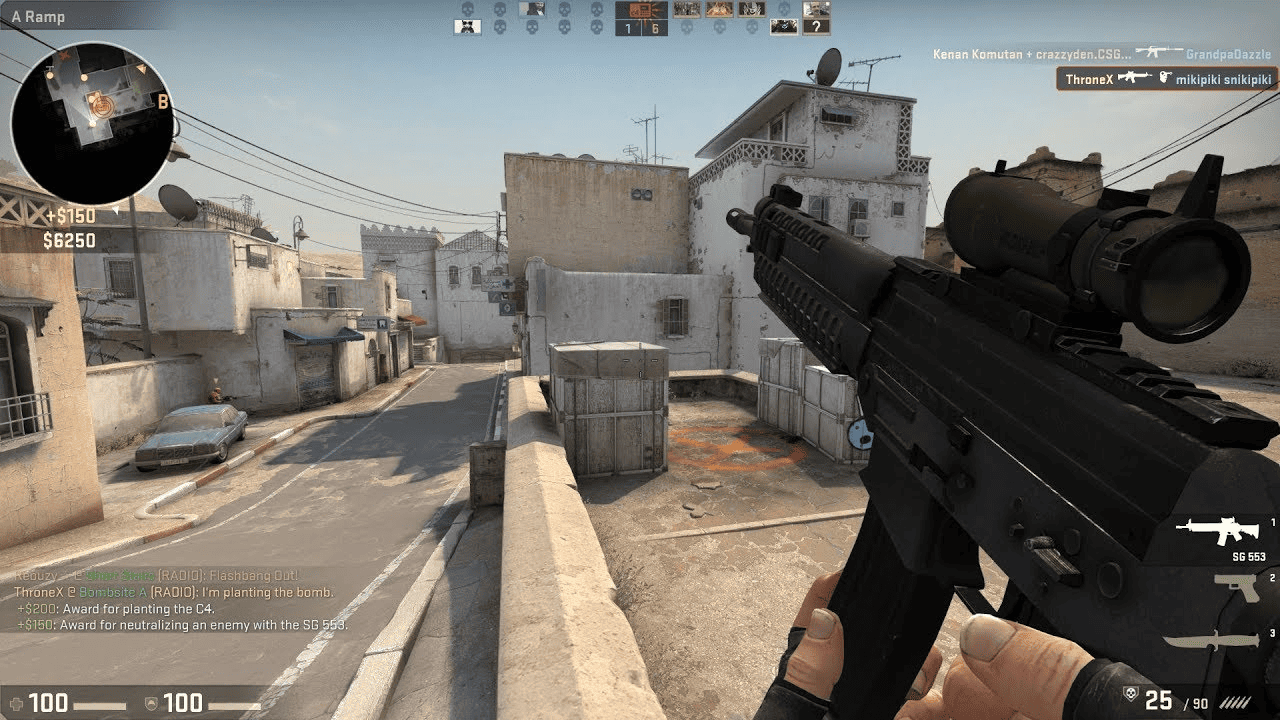
Counter-Strike: Global Offensive. Source
By the way, anyone can take the test to see which type of gamer they are according to the Bartle taxonomy.
Modern platform-based classification
With technological advancements, new player classifications have emerged based on gaming platforms. Each platform fosters its own unique gaming culture and style.
PC gamers
Players on personal computers are traditionally associated with a more serious approach to games. They often prefer:
- complex strategy and simulation games
- games with mods
- high performance and quality graphics.
The most popular and widely discussed PC games in 2025 are Hollow Knight: Silksong, Abiotic Factor, Peak, Metal Gear Solid Delta: Snake Eater, Baldur’s Gate 3, Disco Elysium, Elden Ring, Minecraft, Persona 5 Royal, the Witcher 3, and other iconic games.
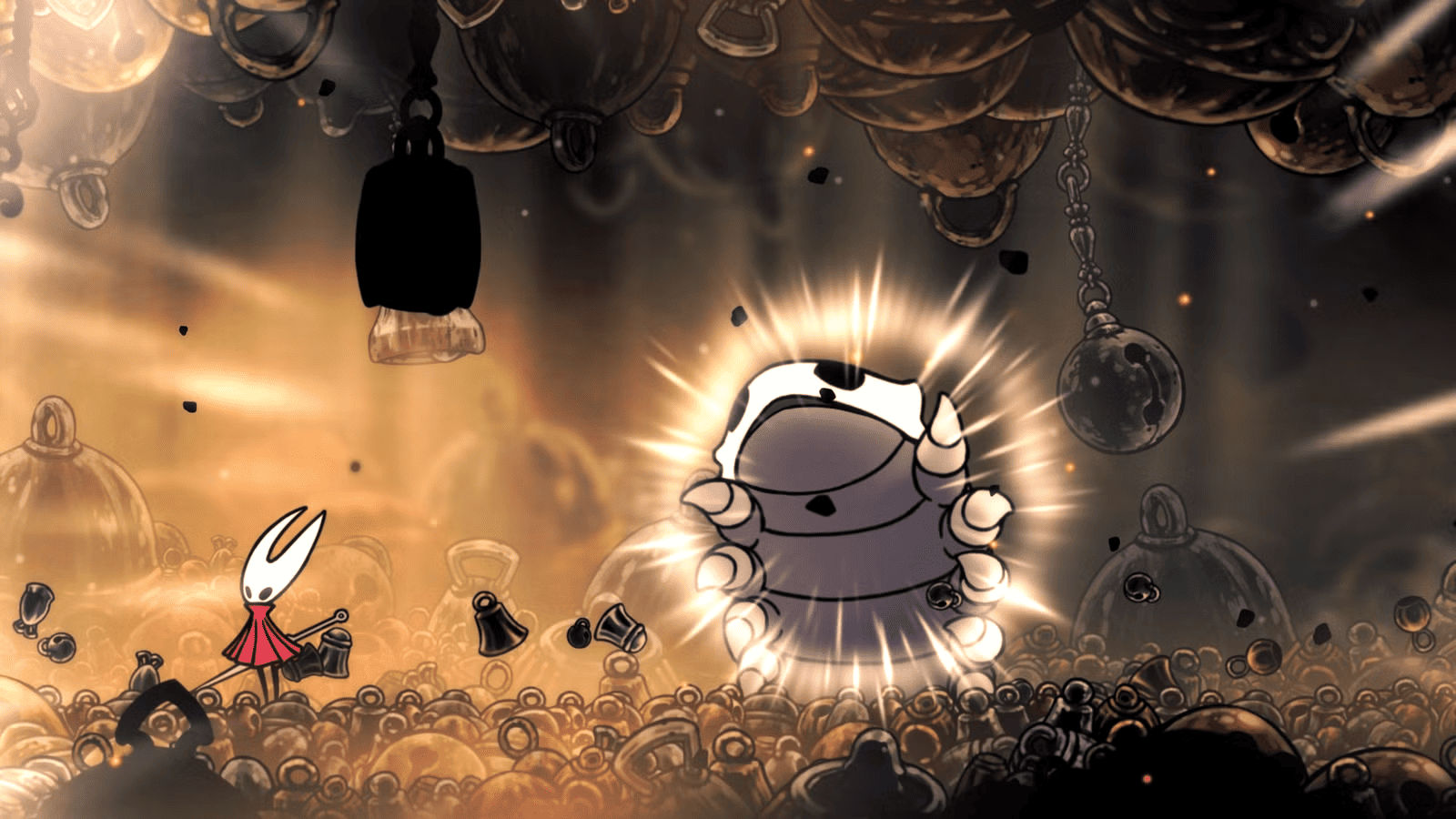
Hollow Knight: Silksong. Source
Console players
Console players value the convenience and social aspect of games. They’re drawn to:
- local multiplayer
- the comfort of playing on the couch
- stable performance without needing to change settings
- exclusive titles.
In May 2025, the best-selling console game was Elden Ring: Nightreign, and other popular games would be DOOM: The Dark Ages, the Elder Scrolls IV: Oblivion Remastered, Call of Duty: Black Ops 6, and Forza Horizon 5, to name a few.
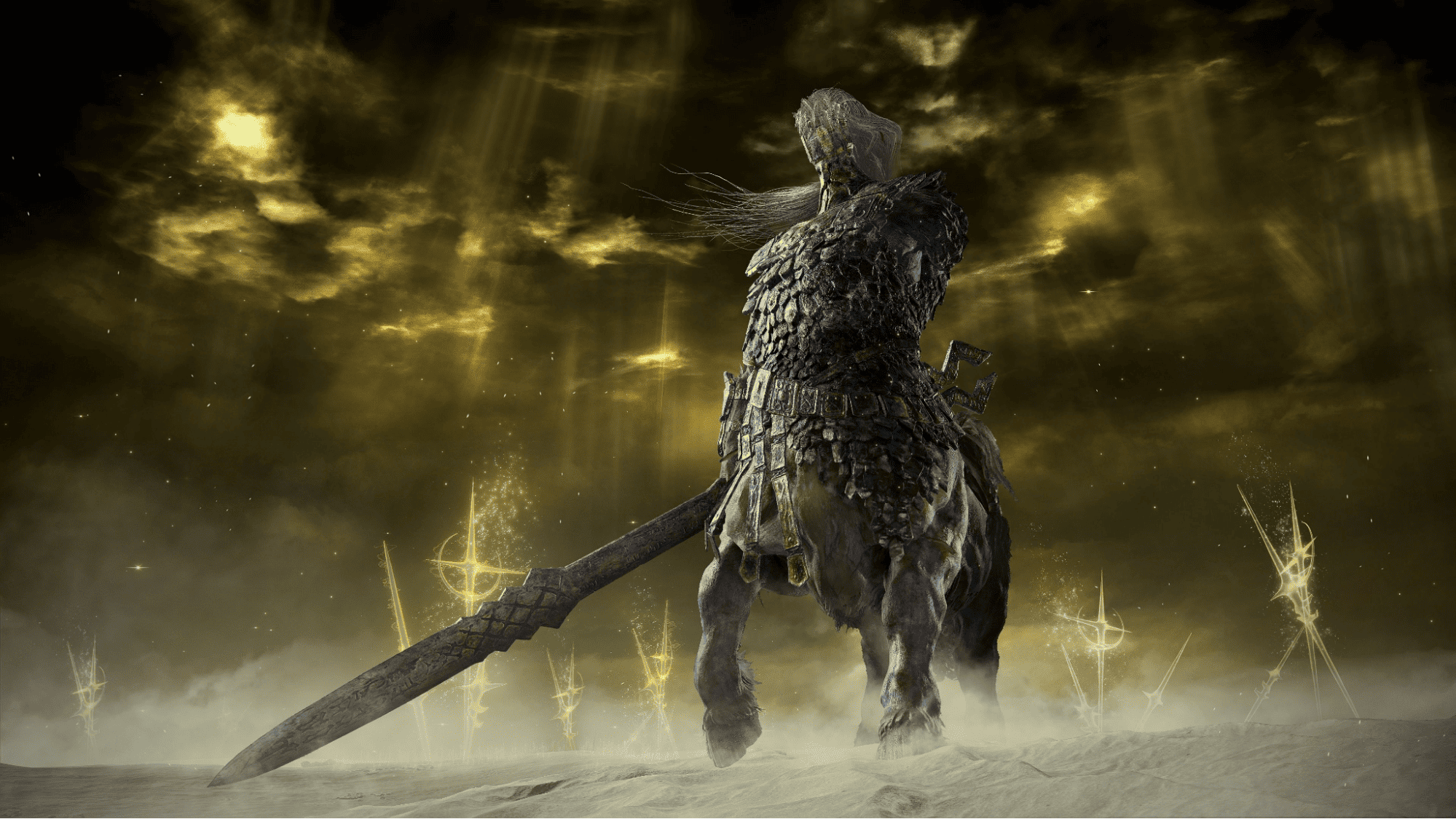
Elden Ring: Nightreign. Source
Mobile gamers
The fastest-growing category of players prefer:
- short play sessions
- simple controls
- free games with in-app purchases
- the possibility to play anywhere.
Based on downloads and revenue generated in 2025, the leading games are Honor of Kings, Roblox, Subway Surfers, Pokémon TCG Pocket, Free Fire, Candy Crush Saga, Pokémon GO, Call of Duty: Mobile, and Brawl Stars, to name a few.
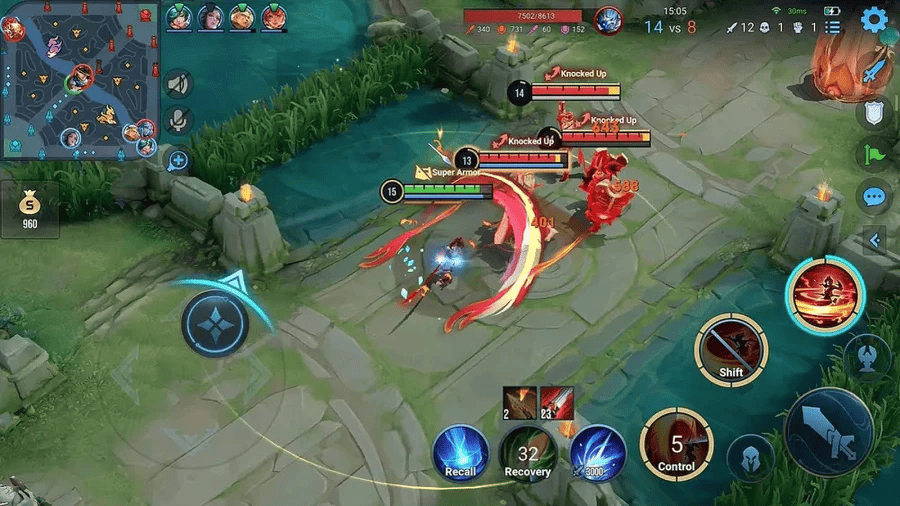
Honor of Kings. Source
VR/AR players
This is a new category of gamers exploring immersive technologies. They’re searching for:
- a unique immersive experience
- innovative interactive mechanics
- physical activity in games
- a social VR environment.
The best games of this type include Half-Life: Alyx, Wands Alliances, Asgard’s Wrath 2, the Room VR: A Dark Matter, and the Walking Dead: Saints & Sinners.

Half-Life: Alyx. Source
Classification based on engagement and style
Analysis of player behavior in games reveals varying levels of engagement and approaches to gameplay.
- Casual players
Casual gamers prefer gaming sessions on an irregular basis and simple mechanics. They play to relax and have low demands when it comes to the complexity of the game.
- Hardcore gamers
These players show a high level of engagement—they’re interested in long gaming sessions, they strive for mastery and complexity and participate in competitions.
- Esports players
An elite group who have made a profession out of playing—they train every day and take part in tournaments, constantly honing their skills.
- Streamers and content creators
These users create content and interact with their audience. Their main goal is to build their own brand.
Special player types
There’s another unique category with special interests and motivations.
Retro gamers would be one example, who appreciate the nostalgia and atmosphere of the past, as well as the simplicity and elegance of old mechanics. Collectors take pleasure in completing collections of games and getting rare items.
Followers are a unique category of people who don’t play actively but like to keep an eye on the gaming industry. For example, they watch streams and let’s plays. There are also modders and content creators who create mods and game add-ons to enrich the gaming experience.
How to utilize categories
The Bartle model and modern classifications are used extensively by professionals for practical problem-solving—they’re primarily useful to game developers, marketing specialists, and game studios.
Classifications help developers:
- balance content to cater to different player types
- create a system of motivation for each category
- plan the long-term development of the gaming community
- test games with representatives of the different categories.
For marketing specialists, understanding types of gamers means:
- precise targeting of advertising campaigns
- the creation of relevant promotional content
- selecting suitable communication channels
- personalization of offers.
Taxonomies help game studios:
- define the target audience of new projects
- plan monetization and the in-game economy
- organize strategic development
- analyze competitors and market niches.
The bottom line
As the gaming industry continues to develop, new platforms and technologies will spring up, but the basic human needs will remain the same. A successful game is a game that can speak its audience’s language and offer the exact experience that players are looking for.
Want to create a game that will attract a wide audience of different player types? Contact INLINGO—we’ll apply our knowledge of gamer psychology to maximum effect to help you develop a product that factors in the demands of each player category.



